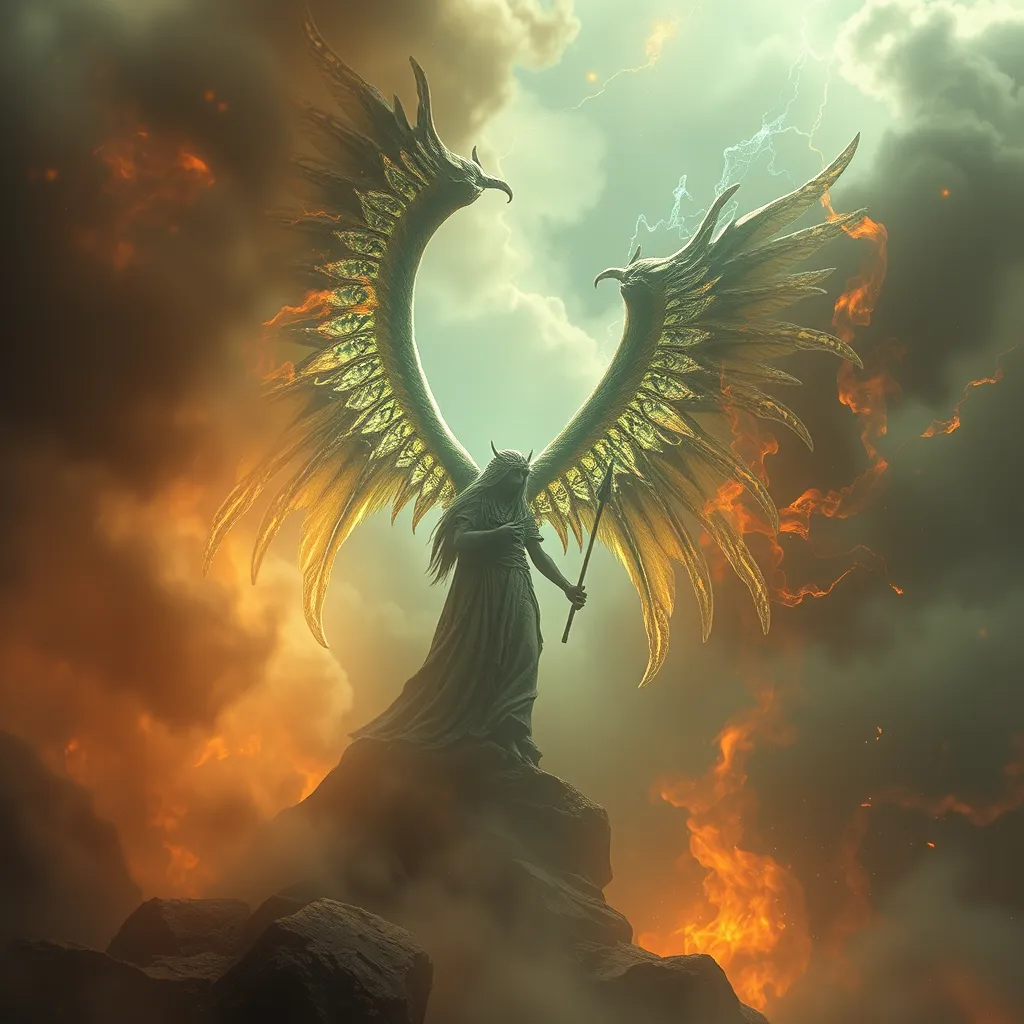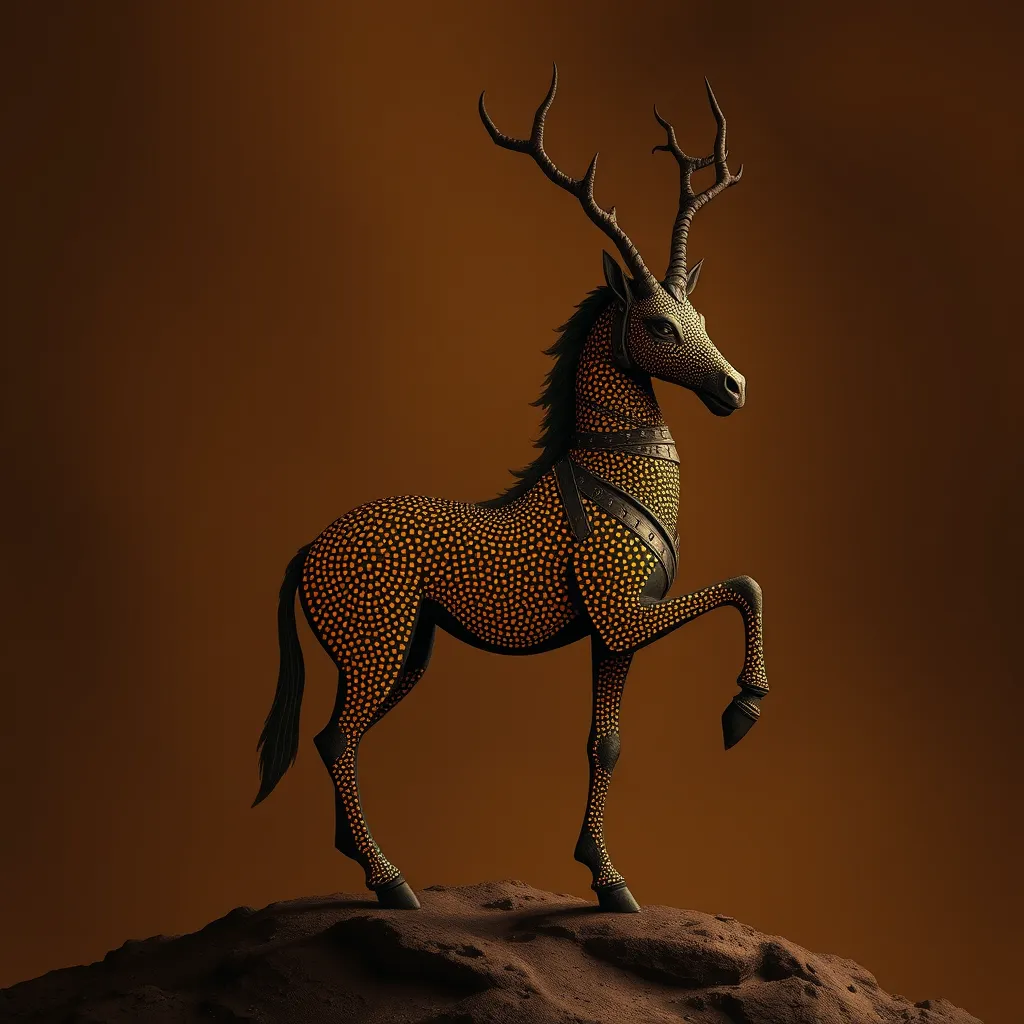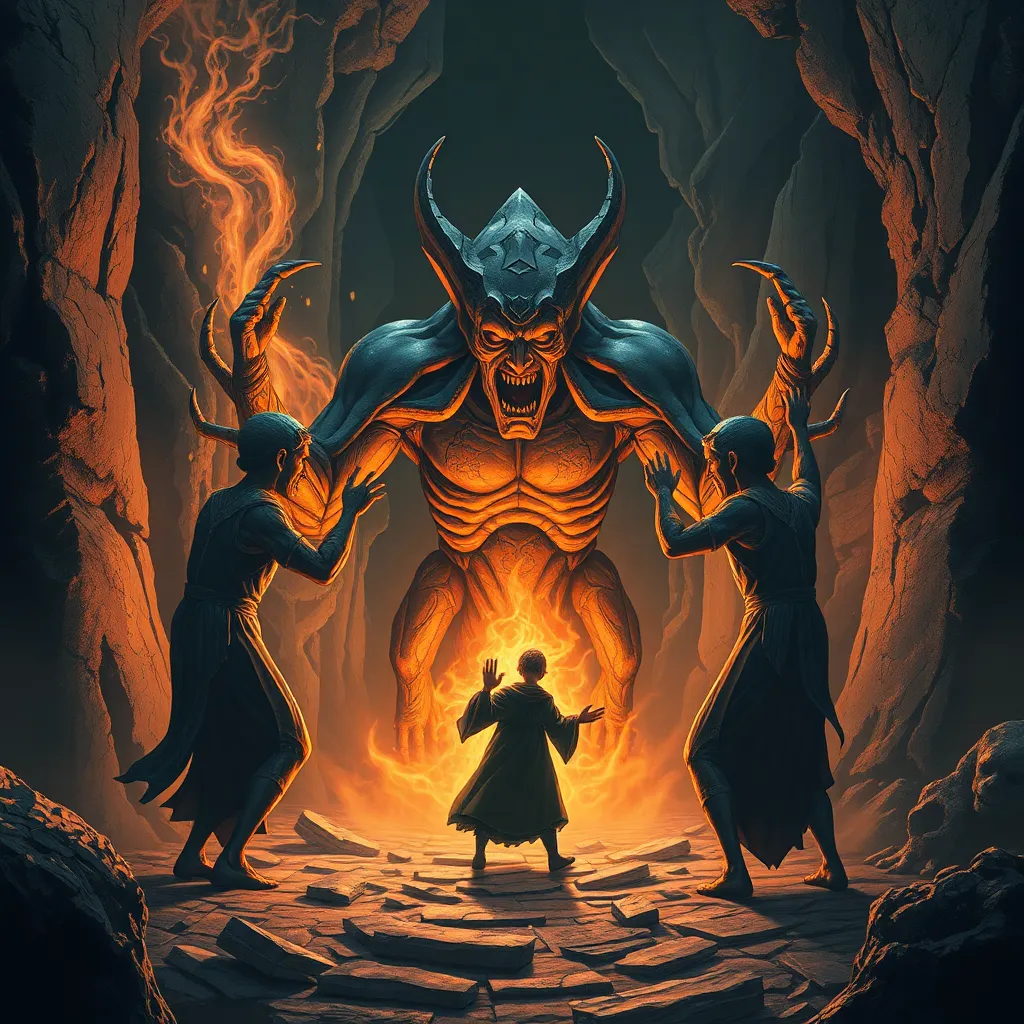I. Introduction
In ancient mythology, harpies are often depicted as winged spirits known for their fierce personalities and terrifying appearances. Typically portrayed as having the body of a bird and the face of a woman, harpies are multifaceted figures that have captivated imaginations across various cultures.
This article will explore the rich tapestry of harpy legends, delving into their origins, symbolism, and the possible real-life inspirations that shaped these myths. By examining the historical context, we can gain a deeper understanding of what harpies represent and how they have evolved over time.
II. Historical Context of Harpy Legends
A. Origin of Harpy Myths in Ancient Greece
The harpy mythos is deeply rooted in ancient Greek culture, where these creatures were often seen as embodiments of storm winds. According to Greek mythology, harpies were known as the “snatchers,” as they would steal away people and belongings. This malevolent role often placed them in narratives alongside heroic figures, such as the Argonauts.
B. Evolution of Harpy Representations in Literature and Art
Over the centuries, representations of harpies have varied significantly. In classical literature, harpies were often depicted as vile creatures; however, during the Renaissance, artists began to portray them with more complexity, sometimes emphasizing their dual nature as both fearsome and alluring.
C. Comparative Analysis with Similar Mythical Creatures Worldwide
Harpies share similarities with various mythical beings across cultures. For instance:
- Roc: A giant bird from Middle Eastern mythology that captures and carries off huge creatures.
- Valkyries: In Norse mythology, these warrior maidens choose those who may die and those who may live in battles.
- Chimaera: A creature from Greek mythology that combines elements of different animals, showcasing the blend of human and animal traits.
III. The Symbolism of Harpies
A. Interpretation of Harpies as Personifications of Nature
Harpies can be seen as representations of the untamed aspects of nature, particularly the winds and storms. They are often linked to natural disasters, reflecting humanity’s fear and respect for the forces beyond their control.
B. Harpies as Symbols of Wind and Storms
In many myths, harpies are associated with tempestuous weather. Their very name is derived from the Greek verb “harpein,” meaning “to snatch away,” which symbolizes the unpredictable nature of storms and winds.
C. Gender and the Representation of Harpies in Myth
The representation of harpies as female figures often reflects societal attitudes towards women, especially in ancient cultures where powerful women were sometimes feared or misunderstood. This connection highlights the complex relationship between gender and mythology.
IV. Possible Real-life Inspirations
A. The Role of Birds of Prey in Ancient Cultures
Birds of prey, such as eagles and hawks, held significant importance in many ancient cultures. They were often viewed as symbols of strength, power, and divinity. The fierce nature of these birds may have inspired the characteristics attributed to harpies.
B. Historical Accounts of Female Figures in Leadership and Warfare
Throughout history, there have been numerous strong female figures who defied societal norms. These women, often depicted as fierce and formidable, may have contributed to the development of harpy legends as symbols of female power.
C. Cultural Depictions of Mischievous Spirits and Their Influence
Many cultures have legends of mischievous spirits or trickster figures. These beings often exhibit traits similar to harpies, blending beauty with danger and creating a sense of ambiguity that captivates audiences.
V. Harpies in Folklore and Popular Culture
A. Variations of Harpy Legends in Folktales
Harpies appear in various folktales around the world, often adapting to local cultures and beliefs. These variations highlight different aspects of the harpy mythos, from benevolent protectors to fearsome adversaries.
B. Modern Adaptations in Literature, Film, and Video Games
In contemporary media, harpies are frequently portrayed with a blend of traditional and novel characteristics. They appear in:
- Fantasy novels, where they often serve as side characters or antagonists.
- Films, where their visual representation draws from both classical and modern interpretations.
- Video games, where they are often reimagined as powerful adversaries or allies.
C. The Evolution of Harpy Portrayals in Contemporary Media
The portrayal of harpies in modern media has shifted from solely fearsome creatures to more nuanced characters. This evolution reflects changing societal views on femininity and power, allowing for a broader interpretation of what harpies symbolize.
VI. The Psychological Impact of Harpy Legends
A. The Archetype of the Fearsome Female Figure
The harpy serves as an archetype for the fearsome female figure, representing the fears and anxieties surrounding powerful women in society. This archetype compels audiences to confront their perceptions of femininity.
B. The Influence of Harpy Myths on Gender Perceptions in Society
Harpies have influenced societal views on gender, often embodying the duality of attraction and repulsion. This complex portrayal has implications for how female power is perceived in various cultures.
C. The Role of Fear and Fascination in Myth-making
Myths often arise from a combination of fear and fascination. The harpy, as a mythical creature, encapsulates this duality, inviting exploration into the depths of human psychology and societal norms.
VII. Debunking Common Myths About Harpies
A. Misconceptions About Harpy Characteristics
Many misconceptions surround harpies, such as their sole depiction as malevolent beings. In reality, harpies have a more complex nature, embodying various traits depending on the cultural context.
B. Clarifying the Harpy’s Role in Mythology vs. Popular Culture
While popular culture often simplifies harpies into one-dimensional villains, their roles in mythology are far more nuanced. Understanding these distinctions is essential for a comprehensive view of their significance.
C. The Importance of Context in Understanding Harpy Legends
Context is crucial in interpreting harpy legends. Analyzing the historical, cultural, and social frameworks that shaped these myths allows for a richer understanding of their meanings and implications.
VIII. Conclusion
In summary, harpy legends offer a fascinating glimpse into the interplay of myth, culture, and gender. From their origins in ancient Greece to their diverse representations around the world, harpies serve as powerful symbols that reflect human fears and fascinations.
Understanding these myths within their historical context is vital for appreciating their depth and complexity. As we continue to explore the world of mythology, the stories of harpies remind us of the timeless nature of human storytelling and the enduring power of myth.



